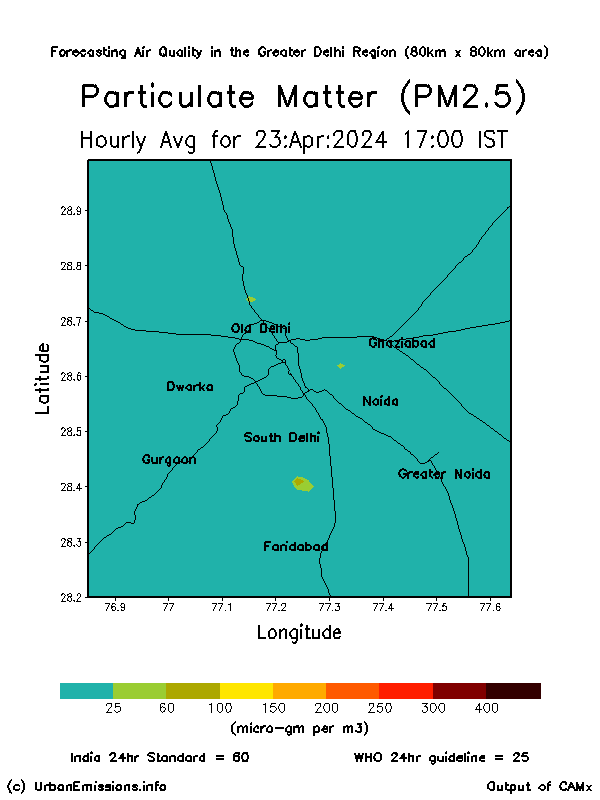 In 2015, the World Health Organization (WHO) released a compilation of air quality data across the world and estimated the corresponding health impacts on premature mortality and morbidity – Delhi is among the top 10 for cities with the worst air quality. The National Capital Region (NCR) of Delhi grew rapidly in the past two decades. As a rapidly expanding city, demands for transportation, energy generation, construction, waste generation, domestic cooking and heating, and industrial activity grew significantly in the last decades, contributing to air pollution across the city borders and resulting in premature mortality and respiratory impacts. In March, 2009, the Central Pollution Control Board (CPCB) of India declared Delhi as “India’s Asthma Capital”.
In 2015, the World Health Organization (WHO) released a compilation of air quality data across the world and estimated the corresponding health impacts on premature mortality and morbidity – Delhi is among the top 10 for cities with the worst air quality. The National Capital Region (NCR) of Delhi grew rapidly in the past two decades. As a rapidly expanding city, demands for transportation, energy generation, construction, waste generation, domestic cooking and heating, and industrial activity grew significantly in the last decades, contributing to air pollution across the city borders and resulting in premature mortality and respiratory impacts. In March, 2009, the Central Pollution Control Board (CPCB) of India declared Delhi as “India’s Asthma Capital”.
The city now covers an estimated area of ~900 Sq. km, including new townships and satellite centers such as Noida and Gurgaon. In 2007, population of NCR was estimated at ~16 million. This figure is expected to reach ~22.5 million in 2025 (See Interactive Urbanization Map on BBC, 2005).
- Multi-pollutant emissions inventory
- road transport
- power plants
 others
others
- Monitoring data for Delhi
- Air quality forecasts for Delhi (updated daily @ 7 pm IST)
- Infographics explaining the merits and demerits of pollution control laws
- Publications, reports, and opinion pieces

 others
others